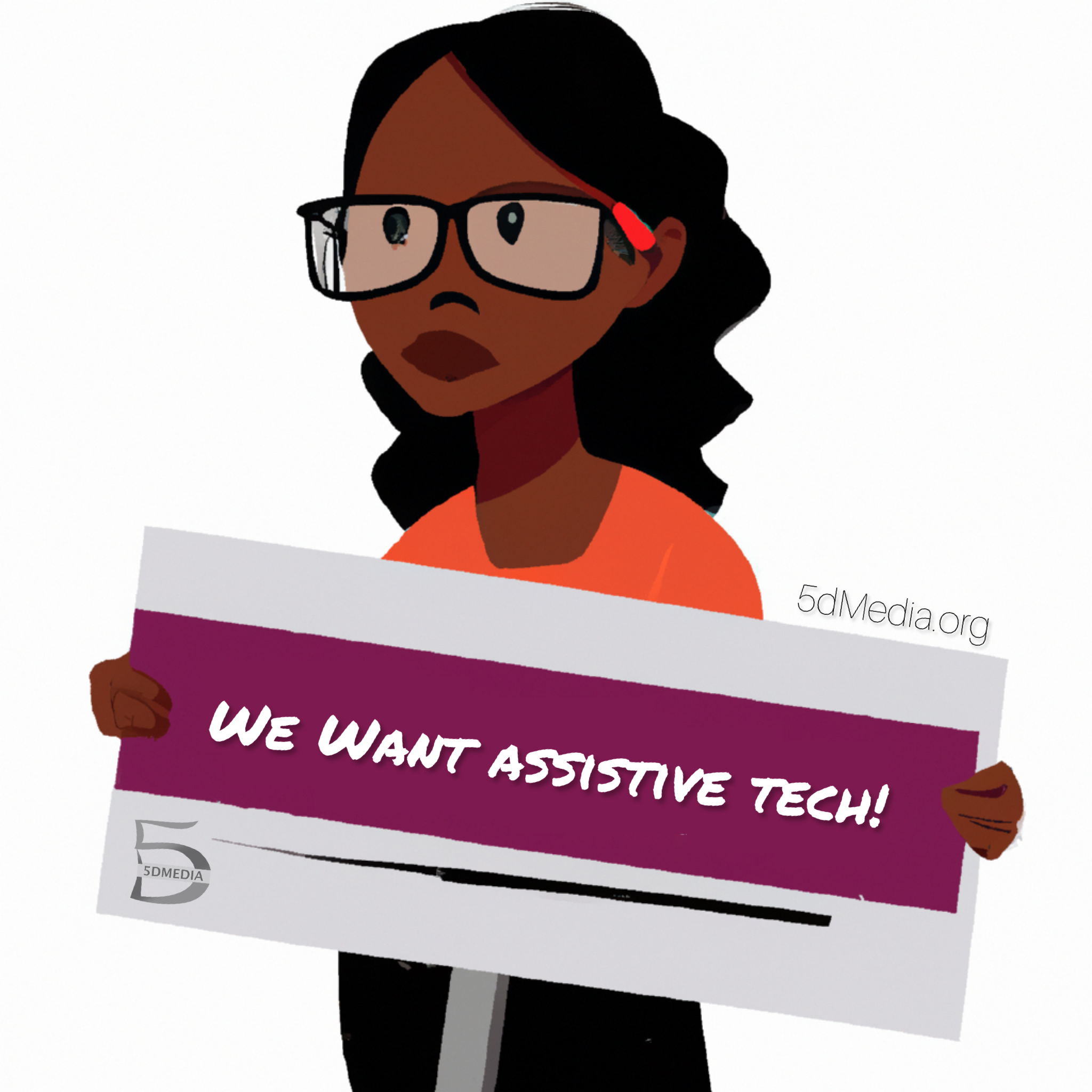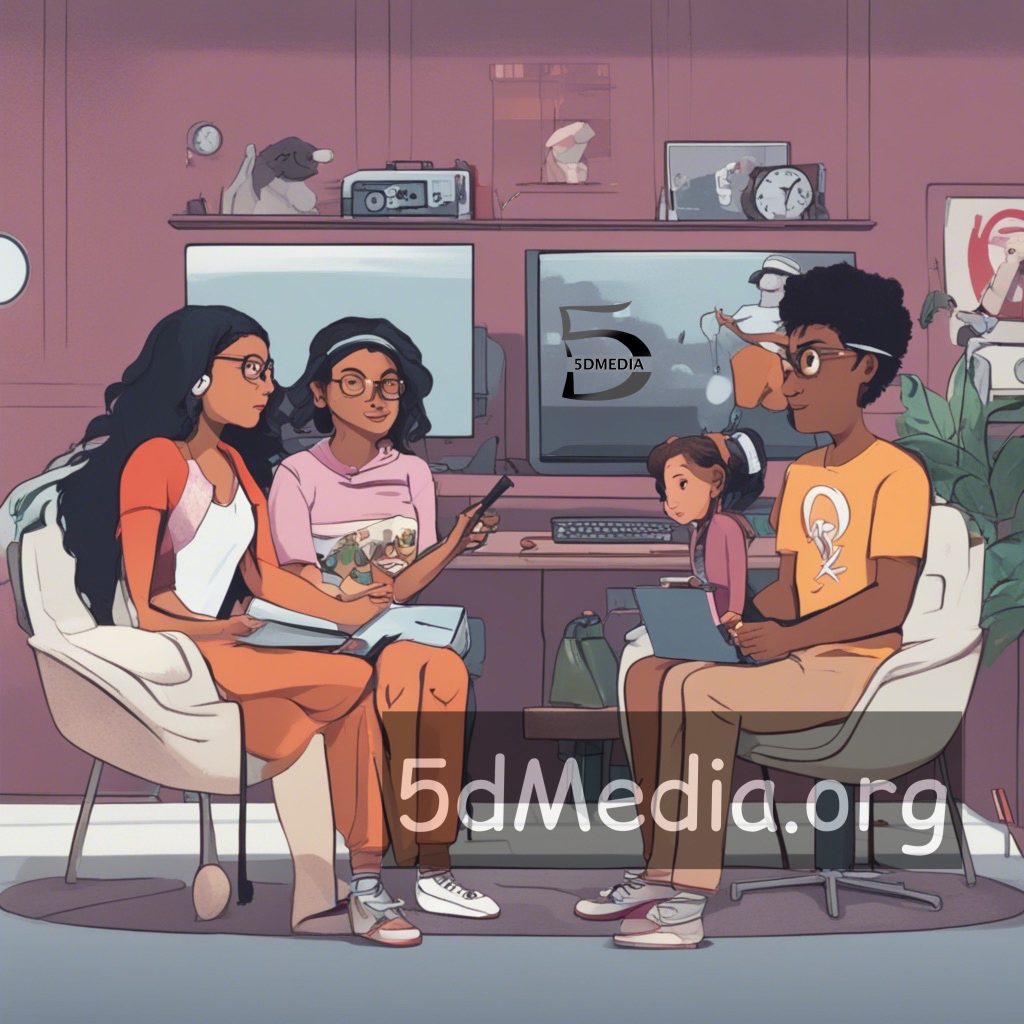Exploring the Intersection of Technology and Accessibility: How Innovations are Breaking Barriers and Empowering Individuals with Disabilities
In today’s rapidly evolving technological landscape, innovation has become a powerful force for positive change. One area where technology has made significant strides is in the realm of accessibility. By harnessing the power of technology, innovators are breaking down barriers and empowering individuals with disabilities in ways that were once unimaginable.
The Power of Inclusion
Inclusion is at the heart of a thriving society. It is about creating an environment where everyone, regardless of their abilities, can fully participate and contribute. Technology has emerged as a game-changer in this regard, offering solutions that level the playing field and enable individuals with disabilities to lead more independent and fulfilling lives.
Assistive Technologies: Enhancing Accessibility
Assistive technologies have revolutionized the lives of individuals with disabilities, providing them with tools and resources to overcome challenges and navigate the world with greater ease. From screen readers and speech recognition software to braille displays and alternative input devices, these technologies have opened up new possibilities for communication, education, and employment.
For individuals with visual impairments, advancements in screen reader technology have been transformative. These software programs use synthetic speech or braille displays to convert on-screen text into audible or tactile output, allowing individuals to access information on computers, smartphones, and other devices. This breakthrough has empowered blind individuals to pursue higher education, secure employment, and engage in social interactions with greater confidence.
Similarly, speech recognition software has been a game-changer for individuals with mobility impairments. By converting spoken words into text, these technologies enable individuals to control their devices, write emails, and even navigate the internet using voice commands. This not only enhances their independence but also opens up new avenues for creativity and self-expression.
Breaking Down Communication Barriers
Communication is a fundamental aspect of human interaction, and technology has played a pivotal role in breaking down communication barriers for individuals with disabilities. Augmentative and alternative communication (AAC) devices have revolutionized the way individuals with speech impairments express themselves and engage with others.
AAC devices range from simple picture boards to sophisticated speech-generating devices. These tools enable individuals with communication difficulties to express their thoughts, needs, and emotions effectively. With the advent of mobile apps and wearable devices, AAC has become more accessible and portable, empowering individuals to communicate on the go.
Moreover, advancements in sign language recognition technology have opened up new possibilities for individuals who are deaf or hard of hearing. These technologies use computer vision and machine learning algorithms to interpret sign language gestures and translate them into spoken or written language. This breakthrough has not only improved communication between individuals with hearing impairments and the hearing community but has also facilitated their integration into various social and professional settings.
Accessible Design: A Paradigm Shift
In addition to assistive technologies, the concept of accessible design has gained significant traction in recent years. Accessible design focuses on creating products, services, and environments that can be used by individuals with disabilities without the need for adaptation or specialized tools.
From inclusive website design to accessible public spaces, the principles of accessible design are transforming the way we interact with our surroundings. For instance, the adoption of universal design principles in the built environment ensures that buildings, sidewalks, and transportation systems are accessible to individuals with mobility impairments. This not only enhances their mobility but also promotes inclusivity and equal participation in society.
Similarly, the concept of inclusive web design ensures that websites and digital platforms are accessible to individuals with visual, auditory, or cognitive impairments. This involves incorporating features such as alternative text for images, closed captions for videos, and keyboard navigation options. By making digital content more accessible, we can ensure that individuals with disabilities can fully engage with online information, services, and opportunities.
The Future of Accessibility
As technology continues to advance at an unprecedented pace, the future of accessibility holds immense promise. Emerging technologies such as virtual reality (VR) and artificial intelligence (AI) are poised to revolutionize the accessibility landscape, offering new avenues for inclusion and empowerment.
Virtual reality has the potential to create immersive experiences that simulate real-world environments. For individuals with mobility impairments, VR can provide opportunities for travel, exploration, and social interaction that were previously inaccessible. By donning a VR headset, individuals can virtually visit museums, attend events, and even participate in physical activities, transcending the limitations imposed by their disabilities.
Artificial intelligence, on the other hand, has the potential to enhance accessibility in various domains. AI-powered captioning and transcription services can make audio and video content more accessible to individuals with hearing impairments. Machine learning algorithms can improve the accuracy of speech recognition software, making it more reliable for individuals with speech impairments. Additionally, AI can assist individuals with cognitive disabilities by providing personalized reminders, prompts, and support.
Embracing a More Inclusive Future
In a world that is becoming increasingly interconnected, it is crucial that we embrace the power of technology to create a more inclusive future. By leveraging the potential of assistive technologies, accessible design, and emerging innovations, we can break down barriers and empower individuals with disabilities to fully participate in all aspects of life.
As we continue to explore the intersection of technology and accessibility, it is essential to prioritize collaboration and inclusivity. By involving individuals with disabilities in the design and development process, we can ensure that solutions are tailored to their unique needs and preferences. Furthermore, policymakers, businesses, and society as a whole must work together to create an environment that fosters equal opportunities and removes the barriers that hinder the full participation of individuals with disabilities.
The intersection of technology and accessibility is a realm of endless possibilities. Through innovation and a commitment to inclusivity, we can create a world where individuals with disabilities are empowered to reach their full potential. Let us embrace this journey of exploration and continue to push the boundaries of what is possible, ensuring that no one is left behind in the pursuit of progress. At 5dMedia, we are leveraging assistive technology for our clients to increase accessibility as part of our Diversity, Equity, and Inclusion efforts. We believe in creating a world where everyone has equal access to information and opportunities.


